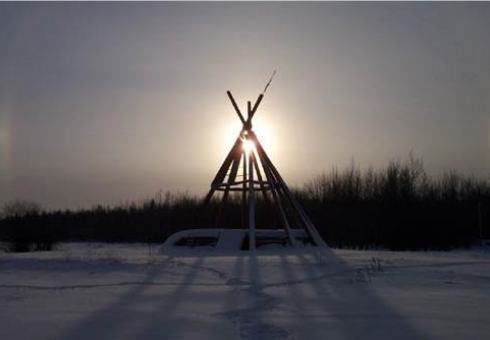Process - How you bring people into the visioning process is important. There may be cultural or organizational norms in your community that can help guide you. You may want to develop a mix of approaches for how people can participate in a visioning process. Some approaches to consider include:
- Hosting a facilitated workshop.
- Developing structured committees or advisory groups.
- Organizing community meetings.
- Conducting one-on-one interviews or surveys
Facilitation - You may want to bring in a facilitator, advisor, or respected elder to help design or support a visioning process.
Location - You may also want to think about where you conduct your visioning work – is it important to be on the land, should meetings be held in your office, is a community gathering place more appropriate?
Agenda - Some discussion questions that might help your group think about your vision include:
- What is the big picture change we want to work toward with our Indigenous Guardian program?
- What is it we want our Indigenous Guardian program to achieve in 5, 10, or 15 years?
- What will be different from where we are at right now once we begin implementing the program?
Communications - Be sure you keep people informed and engaged as you go so they understand how their contributions are integrated into the vision and plans for your guardian program.
